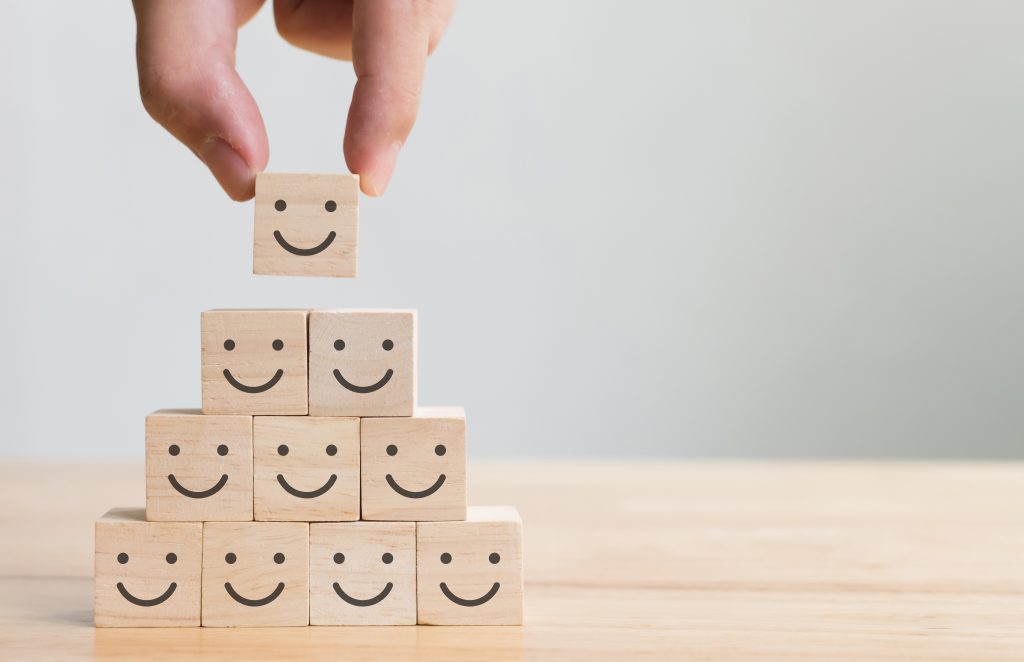Post-pandemic fatigue
As we approach a still confusing autumn, we can’t ignore the pandemic fatigue that is inexorably taking hold in the population.
Psychological distress is present and a major concern for our businesses, government and community organizations. Whether it’s the Université de Sherbrooke survey team last October, the Global Watch Network survey in May 2022, or many others, they all confirm the wear and tear on our coping mechanisms, and the growing importance of pandemic fatigue. The latter is the result of fear, but also of the social constraints caused by the measures imposed over the past two years.
Pandemic fatigue is a generalized feeling of tiredness, either physical or psychological. There’s a sense of weariness, loss of interest and motivation, difficulty in making decisions, marginalization or even despair. Since the very beginning of 2020, we have been prey to complex, dramatic, if not frightening, information overload regarding COVID19. On the other hand, we’ve been exposed to exacting behavioral measures: masks, distancing, hand-washing, deprivation of freedom, absence of social life and more. The longer these contingencies persist, the more these factors wear us down and exhaust us.
Key facts from the Université de Sherbrooke survey :
- More than half of adults suffer from pandemic fatigue
- Some groups show higher levels of pandemic fatigue:
- Young people aged 18 to 34: 64%.
- Parents of children aged 0 to 11: 59%.
- Less educated people: 55%.
- People living in rural areas: 55
- Workers, especially face-to-face workers:
- Face-to-face: 61
- Mixed: 54
- Telecommuting: 48
- Some job categories are more likely to develop it:
- Manual workers: 65
- Sales: 60% of sales
- High-level administrative staff: 56
- Services: 55
The consequences are increasingly felt in our various spheres of life. There’s more and more anxiety, depression, sleep or concentration problems, suicidal thoughts, isolation and more.
Pandemic fatigue has major repercussions on our psychological health and our day-to-day efficiency, on our relationships with other people, couples, families and ourselves.
We need to get into solution mode…
Various studies suggest that companies create open spaces for dialogue between employees and managers. They point to the importance of expanding and evolving support programs that can become factors in attracting and retaining employees.
In the immediate future, however, everyone can…
- Take care of your physical well-being: diet, sleep, exercise and small pleasures – Reconnect with friends, family and networks. Breaking the isolation caused by the pandemic
- Re-establish a rewarding life routine that restores a sense of control
- Disconnect from social networks and media of all kinds
- Living positive moments that feel good
- Laugh
- Explore new activities
- Try meditation or yoga, these activities are associated with stress reduction and improved well-being: Petit Bambou, Calm, Insight Timer, RespiRelax, etc.
- Talk to professionals from your Brio PAE employee assistance program(1.888.799.0303). Put your feelings into words. Don’t accumulate anger, sadness or impulses.
When you have pandemic fatigue, everything becomes a burden. We have less energy to plan activities or outings. However, we can plan small projects… while our batteries recharge.
